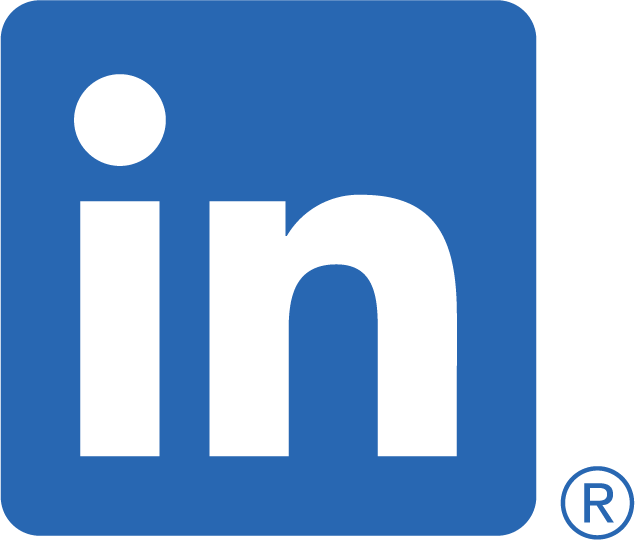Leading in the Age of Disruption
Blog

istock.com/ipopba
1 May 2021
By Varun Sarin
Just a couple of years ago, the word disruption was used to describe transformations caused by emerging digital technologies.
Today, the definition has evolved to include the aggressive and lasting impact of COVID-19. While many of us wait for the light at the end of the tunnel, leaders, and organizations aren’t afforded this luxury — with the responsibility of business and employee health on their shoulders, leaders around the world have had to face challenges like never before, find solutions to them, and create a sustainable way forward.
What does leading in the age of disruption look like?
Successful organizations, led by resilient, authentic leaders have taken the extraordinary challenges thrown at them and turned them into opportunities for innovation and evolution. But battling the ups and downs of a changing global economy along with the constant threat of the pandemic has been an uphill task. Leaders are learning as they go, which means they need to be fully prepared to take risks, make mistakes, and learn from them, all while promoting and maintaining a culture of transparency. Now, more than a year later, in the midst of vaccine expansions and micro lockdowns, it is once again time to adapt and more importantly, prepare for the next normal.
Optimism: A Powerful Asset
Leading in a time where everything is always subject to change requires a level of emotional competence. While leaders constantly need to weigh in on potential risks, prepare for setbacks, and examine every decision with great scrutiny, they also need to practice cautious optimism. We inherently believe that optimism is of immense value while leading in times of uncertainty. Optimism when used effectively helps leaders be the agents of change that they need to be, while also ensuring that they do not lose sight of the present or future challenges. In the age of disruption, optimism can be a trait that enables organizations to set and achieve seemingly impossible goals.
Tapping into Technology
What was once viewed as a long-term goal, and to some extent a necessity, has become the need of the hour in this post-pandemic world. While last year saw organizations relying heavily on technology to enable remote-working, the demands of the future point require leaders to understand and adopt new-age technologies like Artificial Intelligence and Machine Learning in order to further business goals. Leadership in a world of hybrid work requires a different skill set and approach. Forward-thinking leaders have realized that human-machine collaboration on a larger scale not only boosts productivity but is also essential to a culture of innovation.
Understanding the Future
Consumer behaviors are constantly changing but till last year, this change was gradual — taking place at a predictable pace. Today, the needs and behaviors of people, whether its customers, employees, or stakeholders, have transformed radically, possibly forever. Hybrid work, for example, is one of the most certain and visible disruptions triggered by the pandemic. Instead of attempting to restore the old ways, leaders must increasingly redefine their long-term vision while still playing to their strengths. At every step, experiences must be created to serve the new customer reality. This could mean establishing a sustainable culture in the hybrid environment while being sensitive to the needs of employees and customers. No doubt, forecasting and adapting to the future will be full of challenges but the efforts will be worth it.
Approaching with Curiosity
Curiosity is an important albeit overlooked leadership asset. It supports an appetite for risk, innovation, and collaboration. In times of crisis, it is natural for one to get overwhelmed by change and uncertainty, but high-impact leadership is enabled by the curiosity to push limits. Leaders approaching a challenge with an open mind are more likely to find solutions, and their inquisitiveness is what further inspires employees to get creative.
Final Thoughts:
“We’re no longer leaders being blown around like kites in a storm; we become kite flyers holding the wind in our hands.” – Joe Britto
Leading through disruption is more than just reacting to it. The goal is not just to survive, but to thrive in the disruptive business terrains. This involves embracing change, displaying a constant readiness to evolve, and the courage to leave room for mistakes. The decisions leaders make today will help steer their organizations towards sustainable, long-term success. The key is to lead through the change instead of allowing it to shape the way you lead.








